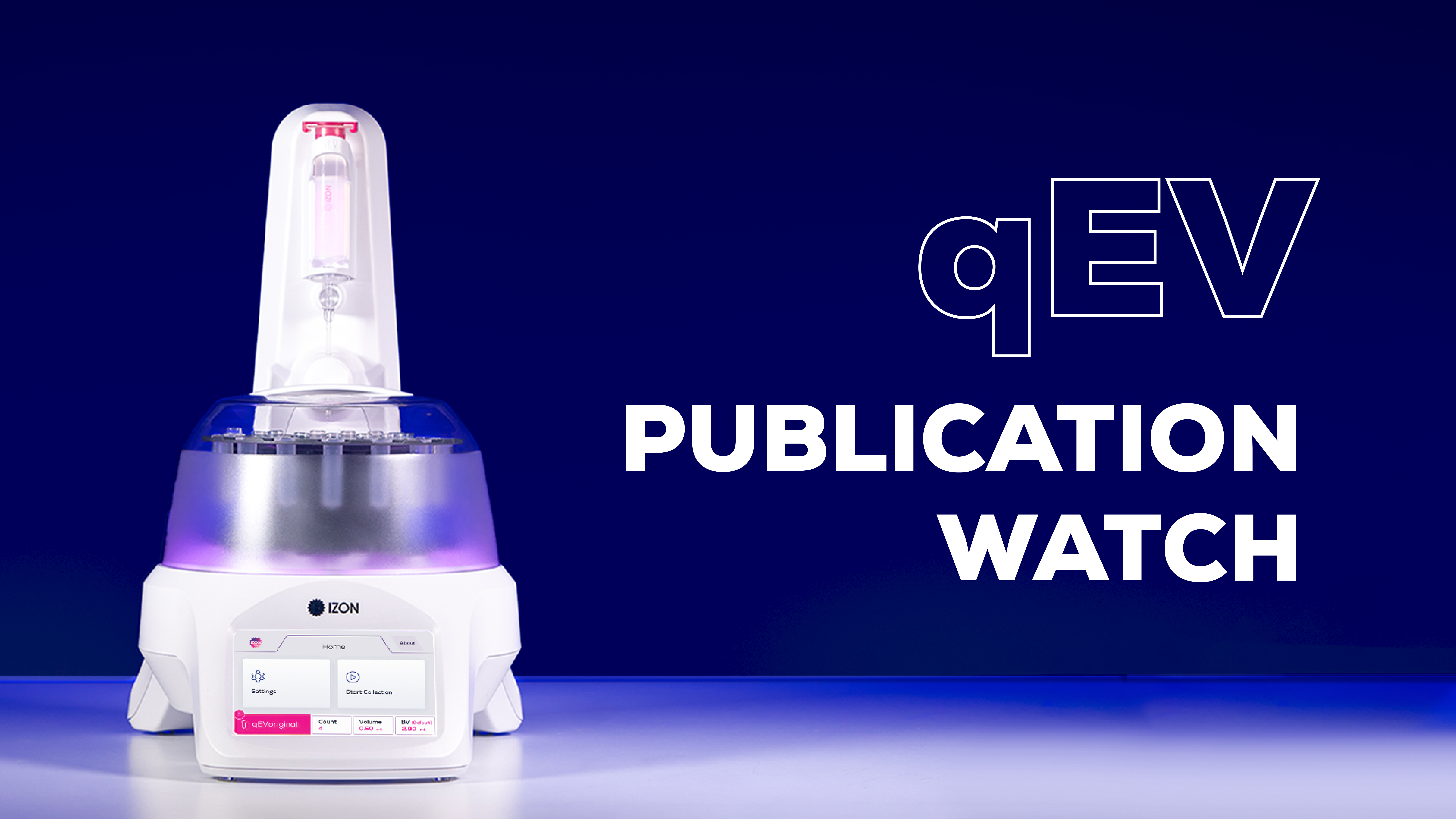Purify Particles at Scale with qEV Isolation
Pure & gentle
Purify intact particles efficiently without subjecting them to high forces.
Scalable
A standardisable isolation method that can be adapted to your current stage and grows with your progress.
Versatile
Purify particles for fundamental research through to diagnostic development and therapeutic production.

Collect Highly Purified
Isolates with SEC
Harness size exclusion chromatography (SEC) to gently separate particles of interest from contaminants. qEV columns are supported by automation and optimised to maximise particle purification from a wide range of sample types and volumes.
In-house studies show qEV columns remove ~99% of contaminating protein and >99.99% of ApoA1 from human plasma, with an impressive ~99% of ApoB removed by qEV columns from the 70 nm series.
Scale Isolation as Your
Operation Grows
We are here to make sure your isolation methodology and technology scales with you as your project evolves.
Our growing range of automated qEV instruments ensure you slash manual labour and implement standardisation right from the start, while our isolation processing team is here to support you as your operation expands.

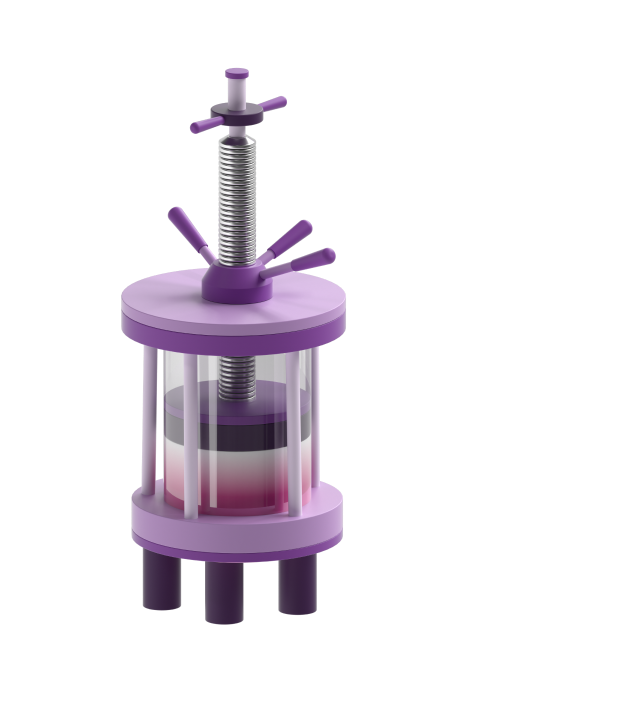
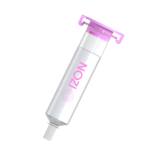
The Most Versatile EV Isolation Platform
Optimising blood-based extracellular vesicle (EV) biomarkers? Tapping into the therapeutic potential of milk EVs or cell culture EVs? Separating labelled EVs from unbound dye?
The qEV isolation platform is incredibly versatile.
We offer customised support and process development, as well as off-the-shelf qEV column and automation options.
Streamline Extracellular Vesicle Isolation With qEV Automation
Particle isolation doesn’t need to be tedious. But it does need to be reproducible.
Our qEV Automation options make sample processing easier and reduce reliance on manual input, so you can collect the same volume every time.

GMP-Ready qEV Columns for Enhanced Clinical Translation
In response to the evolving EV therapeutic landscape, a new of qEV columns is now available: GMP-ready qEV columns.
This development supports qEV customers with a therapeutic focus or those otherwise working with or aiming to work with EVs in an in vivo setting.
Learn more about GMP-ready qEV columns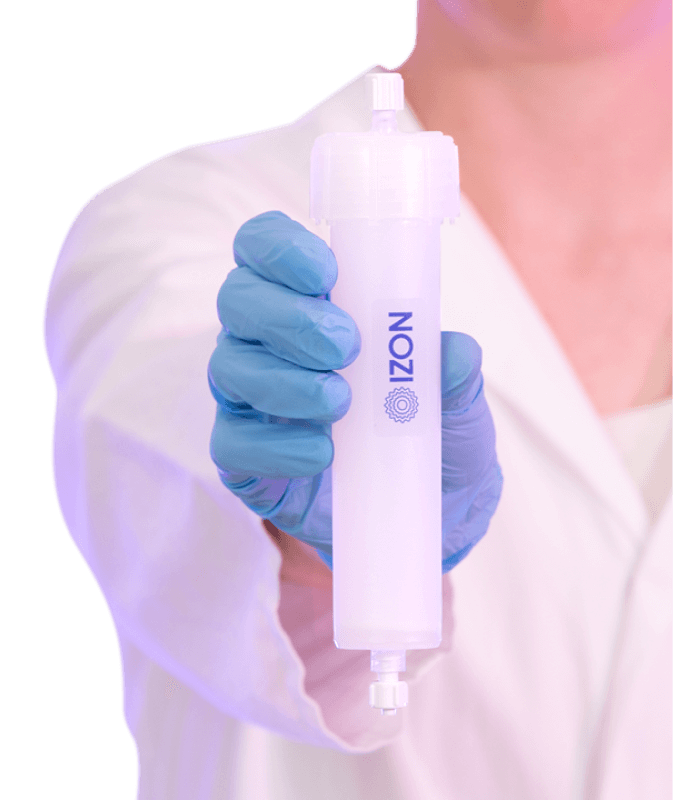
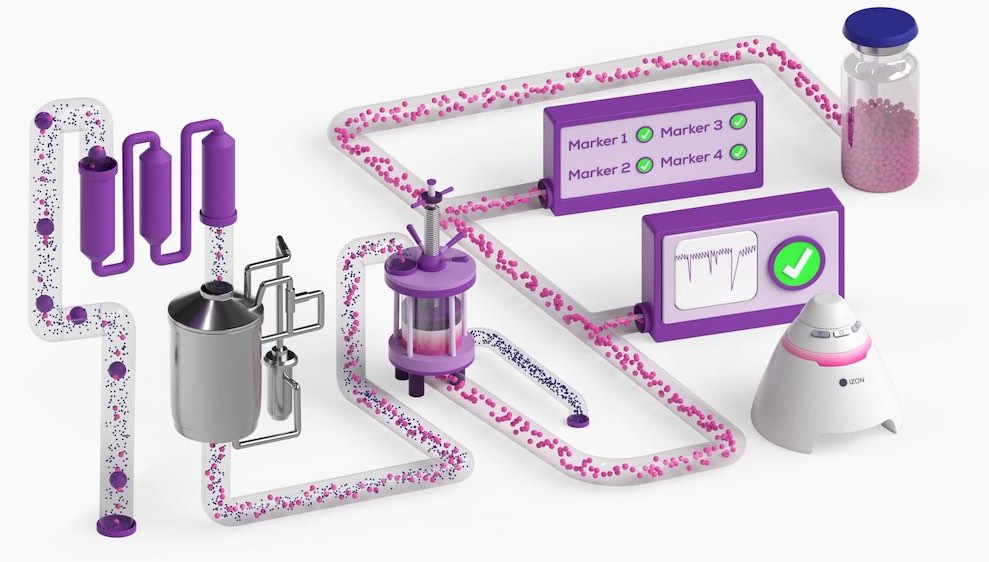
Fast-Track Development with qEV Isolation Processing and Process Development Services
Access customised support and development for isolating EVs with qEV PurePath for Therapeutics and qEV PurePath for Diagnostics.
Benefit from our expertise in filtration, sample concentration, and isolation, improving cost-effectiveness as you scale. Contact us to explore custom columns, instrumentation, pilot studies, and processing services.
Superior Purification at Any Scale
In addition to their added convenience, speed and scalability, qEV columns offer superior purity over other isolation methods.
While qEV columns from the 70 nm series excel in this department, isolates from the 35 nm series are also significantly purer than ultracentrifugation and precipitation methods.
Meanwhile, qEV columns from the 20 nm series sacrifice purity for improved particle recovery, and improved isolation of smaller particles.

Choose Your qEV Series
All qEV column sizes come in three different types, referred to as qEV series. These series are distinguished by the pore size of the resin used – 20 nm, 35 nm, and 70 nm – and each produces isolates with distinct characteristics.
When more is more: maximise particle recovery
Obtain a higher number of smaller particles, including EV-sized particles and smaller.
With more small particles captured, EV isolate purity is inherently lower.
The middle ground: when particle recovery and purity are of similar importance
Compared to the 20 nm series, protein removal is superior.
EV isolates are not as pure as with the 70 nm series.
When less is more: maximise EV isolate purity
Get purer EVs, at the cost of a slightly lower yield than that of the other qEV series.
By far the best at separating EVs from lipoprotein and other protein contaminants.
When more is more: maximise particle recovery
Obtain a higher number of smaller particles, including EV-sized particles and smaller.
With more small particles captured, EV isolate purity is inherently lower.
The middle ground: when particle recovery and purity are of similar importance
Compared to the 20 nm series, protein removal is superior.
EV isolates are not as pure as with the 70 nm series.
When less is more: maximise EV isolate purity
Get purer EVs, at the cost of a slightly lower yield than that of the other qEV series.
By far the best at separating EVs from lipoprotein and other protein contaminants.













